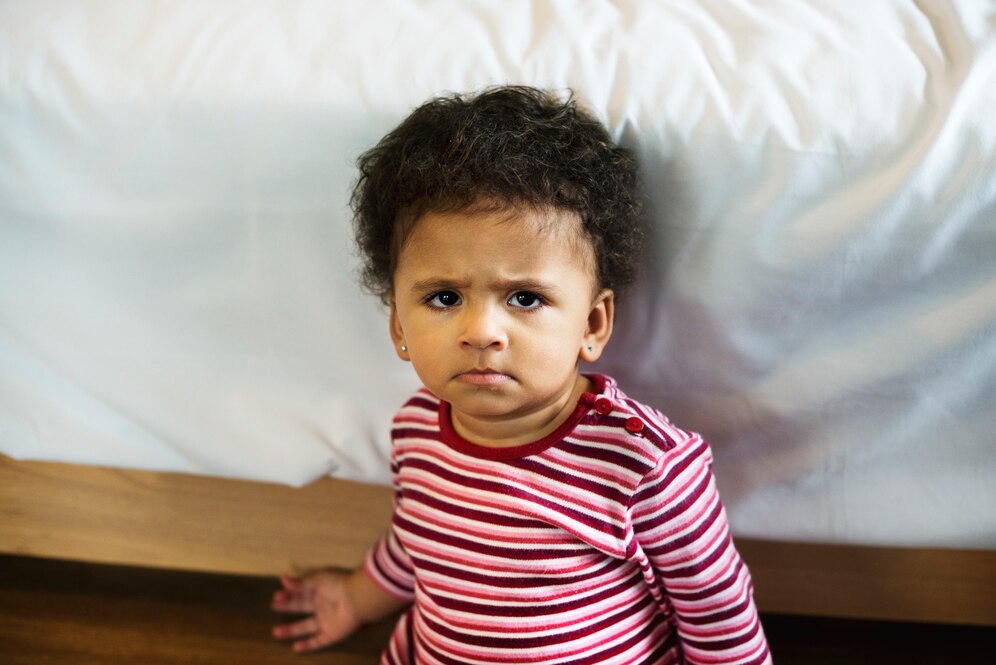Children`s Sadness
Art as Medicine: Creative Regulation in Children During Moments of Sadness

When a child is sad, their inner world becomes confused and full of contradictions. For young children, expressing this sadness often becomes a challenge—they are not always able to understand, let alone name, their feelings. However, in moments of emotional tension, creativity can become the very doorway that opens the path to self-expression and emotional release.
Sadness in a Child’s Soul: Why Do Children Get Lost in Their Emotions?
When a child faces sadness, they may feel isolated in that experience. This is due to the limited emotional vocabulary of children and the immaturity of their self-regulation abilities. Children don’t always have the words to express their feelings, and this is where creativity comes to the rescue.
Children may spontaneously choose drawing, sculpting, or role-playing as a way to express their inner experiences. This is not just “play”—it is the child’s symbolic language, which, through metaphor, creates a dialogue with their emotions.
Example for Parents: “You’re upset. Let’s draw what’s bothering you, maybe that will help you feel better.”
A Drawing as a Window into a Child’s Feelings
Young children often cannot explain why they are sad. However, if you give them crayons or paints, they may express through lines and colors what lies hidden in their soul. Ask the child: “What colors would you choose for your sadness? What does it remind you of?”
These questions help the child transform an abstract feeling into a concrete visual image. The child is not only drawing the situation that upset them but also their inner state, which allows them to move beyond their emotions.
Real Example: A child might draw gray clouds or a setting sun, symbolizing their downcast mood. After this drawing, you can continue the dialogue: “Now let’s draw how you would like to feel. What would change in the picture?”
The Role of Creativity in Emotional Release
Rhythmic, repetitive actions like drawing or sculpting have a calming effect on children. By immersing themselves in the process, the child shifts their focus to an external activity, which reduces emotional tension.
Creative Process as Therapy: The result doesn’t matter as much as the process itself. Parents should emphasize this in their communication with children. “It doesn’t matter how beautiful your drawing is. What matters is that you put your feelings into it.”
How Not to Lose Patience During Creative Regulation?
Creative regulation is a process that requires time and patience. Parents need to remember that a child does not always immediately calm down or find a way to express themselves through creativity.
Support is crucial at every stage: “I see that you’re struggling. Let’s try another way. Do you want to sculpt how you’re feeling?”
Acknowledging the child’s emotions and providing tools to express them is the first step in helping the child learn to manage their sadness. Parents must remain patient and remember that every small step is progress.
Conclusion: Creativity as a Path to Emotional Balance
Creative regulation is not just a way to occupy a child during a difficult moment. It is a tool through which children learn to understand and experience their feelings. By drawing, sculpting, and playing, the child discovers the opportunity to explore their sadness and, ultimately, find a way out of this state.
For parents, it is important to be present, offer ideas, but not impose solutions. Words of support and creativity can become the thread that leads the child from the world of sadness to a calmer and more balanced state.